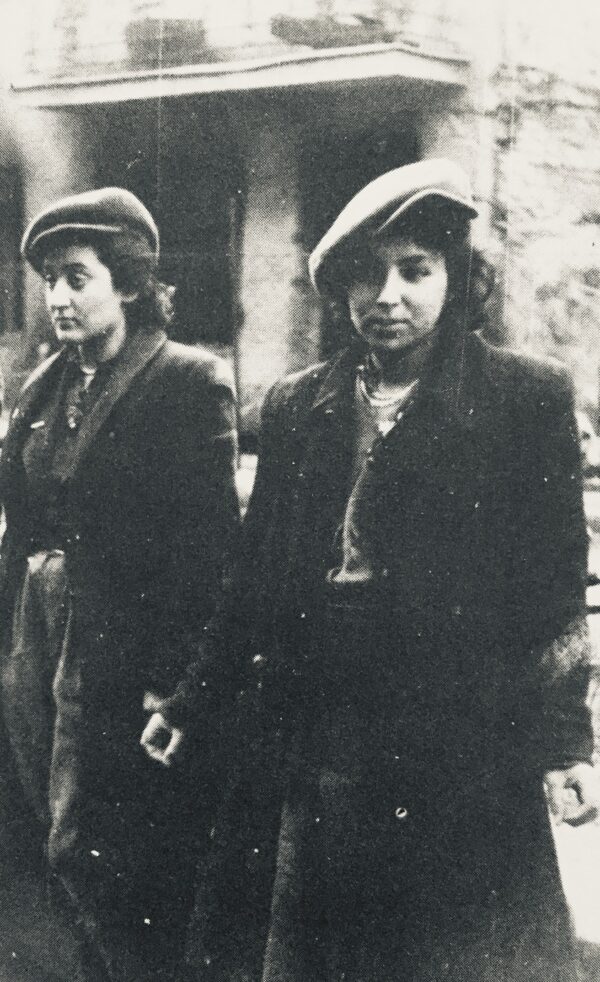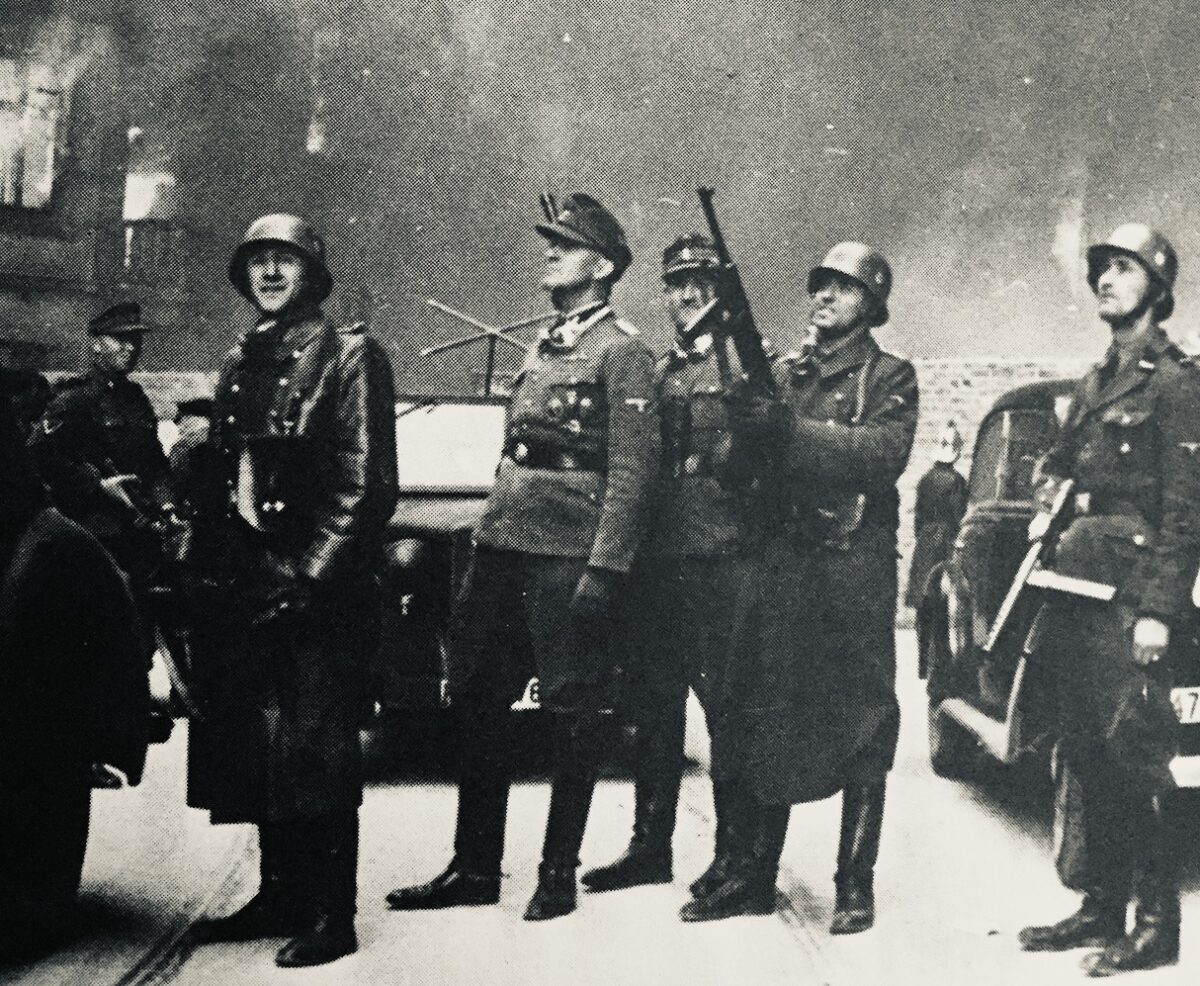Eighty years ago today, with the arrival of spring and the blooming of yellow daffodils in Poland, a small and resolute band of sparsely-armed Jewish fighters in the Warsaw ghetto rose up defiantly in a courageous, last-ditch stand to confront their genocidal Nazi tormentors.
In remarkable feat of bravery that emboldened Catholic Poles to mount a massive revolt in Warsaw in the following year, the Jewish combatants stubbornly held off detachments of German soldiers and German and Polish police for almost a month.
Joseph Goebbels, the fanatically antisemitic German propaganda minister, reacted to the unprecedented rebellion with a kind of grudging admiration.
As he wrote in his diary. “There is nothing sensational in the reports from the Occupied Territories. The only thing noteworthy is exceptionally sharp fighting in Warsaw between our Police, and in part even the Wehrmacht, and the Jewish rebels. The Jews have actually succeeded in putting the ghetto in a condition to defend itself. Some very hard battles are taking place there, which have gone so far that the Jewish top leadership publishes daily military reports. Of course this jest will probably not last long. But it shows what one can expect of the Jews if they have arms.”
The revolt, the largest act of Jewish anti-Nazi resistance during the Holocaust, was ruthlessly stamped out by the Germans on May 16, 1943. “The Jewish quarter of Warsaw is no more!” boasted SS General Jurgen Stroop, who assumed command of the operation after his predecessor, Ferdinand von Sammern-Frankenegg, was sacked after he failed to repulse a fierce Jewish counter-attack on the first day of the rebellion.
The ghetto, covering an area of about three kilometers and surrounded by a three-meter-high wall with barbed wire, was established in the Jewish district of Muranow in central Warsaw in 1940, about a year after Germany invaded and occupied Poland.
Upwards of 400,000 Jews from Warsaw and outlying towns and villages were crammed into the ghetto, comprising 2.4 percent of the city’s acreage.
Originally, the Germans intended to deport Warsaw’s Jewish population to a “reservation” near Lublin, in eastern Poland, where they would be decimated by starvation and disease. Since this scheme did not pan out, Nazi officials in charge of the Final Solution considered sending Polish Jews to the French Indian Ocean island of Madagascar. When that plan also faltered, due to Britain’s control of the sea lanes to that tropical island, the Nazis created the ghetto in Warsaw, isolating Jews from their Catholic neighbors.
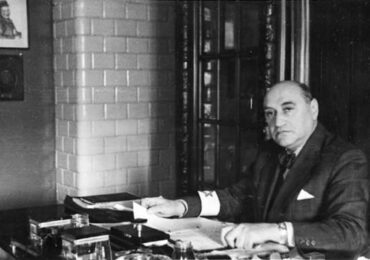
Under the direction of the Germans, a Judenrat, or Jewish Council, was set up to administer the ghetto and implement German work orders. It was composed of 24 members and headed by Adam Czerniakow, an engineer.
Hunger and disease killed approximately 100,000 Jews between 1940 until 1942. The chief Nazi administrator of the Warsaw district, Ludwig Fischer, stated that the decimation of the ghetto’s inhabitants was his prime objective. “Of the Jewish question, only a cemetery will remain,” he said unequivocally.
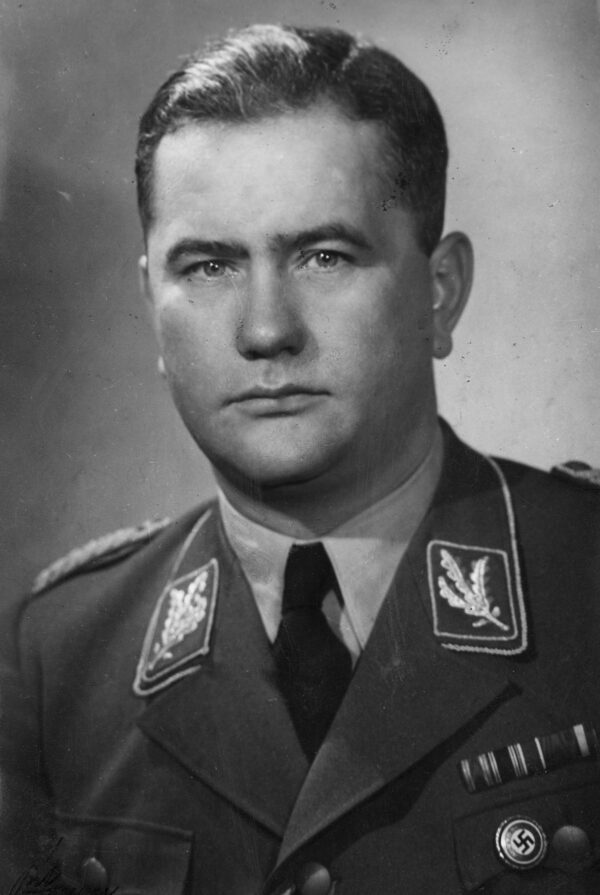
One of its inhabitants, Emmanuel Ringelblum, formed a dedicated group, Oneg Shabbat, to document life in the ghetto. He did not survive the Holocaust, but his detailed and poignant accounts, buried in milk containers, were found in 1945 after the Nazi defeat.
In the summer of 1942, in line with their overarching aim of rendering Poland Judenrein, the Nazis launched their biggest deportation to date, sending up to 7,000 Jews per day to the nearby Treblinka extermination camp. By one estimate, 265,000 Jews perished in Treblinka between July and September of that fateful year.
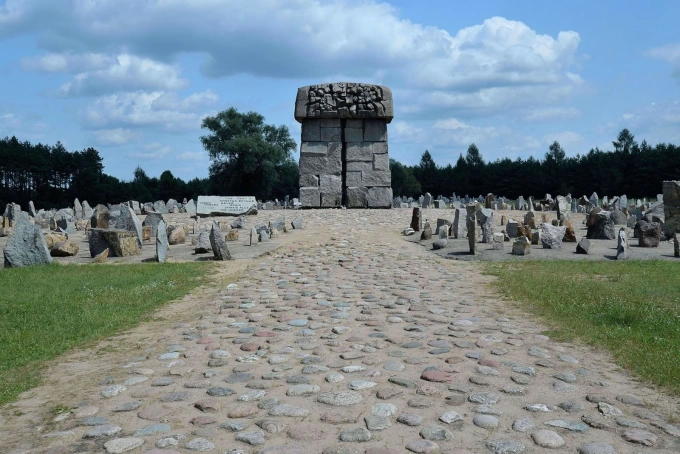
Among the victims were Janusz Korczak, the director of a Jewish orphanage who had accompanied the children in his care to Treblinka.
Immensely disheartened by the deportations, Czerniakow committed suicide.
Sixty thousand Jews remained in the ghetto when that grisly depopulation process ended. As it unfolded, two Jewish military units with some 1,000 fighters emerged — the left-wing Zionist Jewish Combat Organization and the right-wing Zionist Jewish Military Union.
“None of us will come out of this alive,” predicted one of the fighters, Arie Wilner, realizing that the odds were totally stacked against them.
The Jewish combatants had few arms and explosives, having received only meager supplies from the Polish Home Army, the predominant Polish resistance group.
On April 19, a German military force, consisting of hundreds of SS-Waffen soldiers and police, stormed the ghetto to supervise a new round of deportations. They were met by a hail of gunfire and withdrew, compelling the Nazis to postpone the roundup of Jews.
Facing the specter of an urban guerrilla war, the Germans ordered 2,000 SS men and police to suppress the revolt. They were equipped with artillery, tanks, armored vehicles, poison gas and flamethrowers. The Jewish fighters had nothing more than revolvers and grenades.
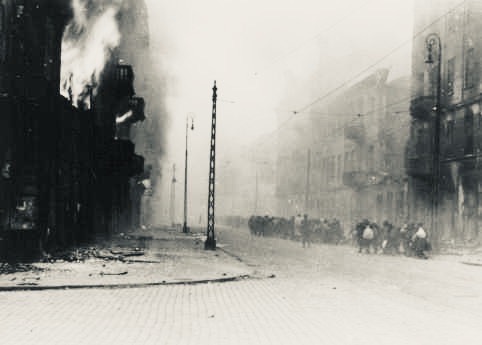
To flush out the Jews from bunkers and apartment buildings, the Nazi intruders literally set the ghetto on fire.
On May 8, Mordechai Anielewicz, the commander of the Jewish Combat Organization, took his own life in his bunker in Mila 18. One of his deputies, the Bundist Marek Edelman, escaped into Warsaw’s Aryan district.
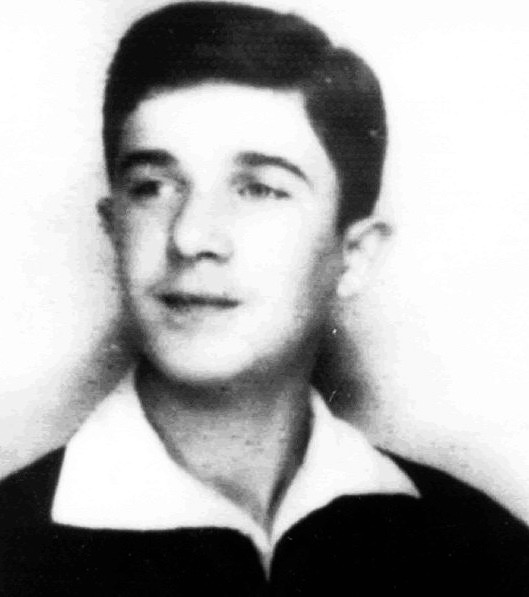
By all accounts, 7,000 Jews in the ghetto were killed during the Nazi offensive. A further 7,000 were transported to Treblinka. The majority of the survivors were sent to various Nazi camps.
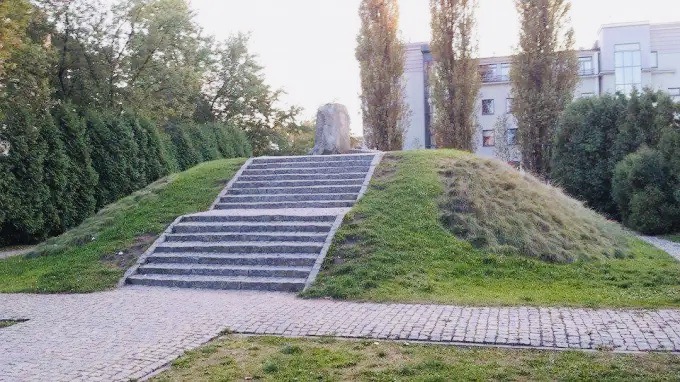
By Stroop’s estimation, 56,065 Jews were “apprehended and destroyed.” He adds that “the resistance offered by the Jews and bandits could be broken only by the energetic and relentless day and night commitment of our assault units.”
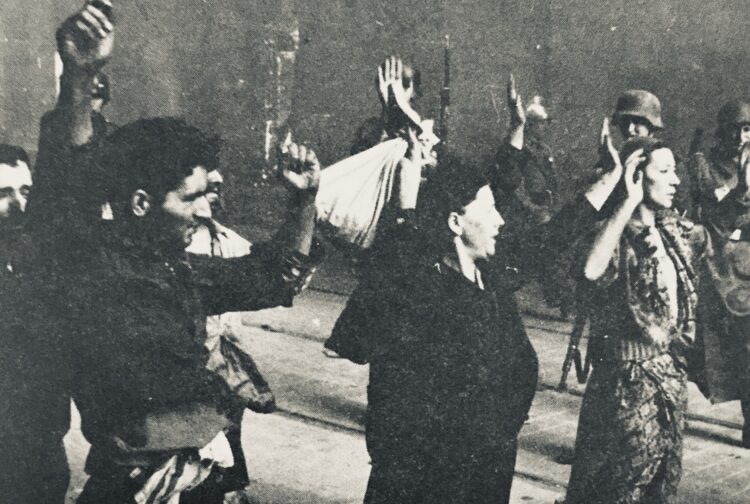
Sixteen Nazi troops “fell in the battle to destroy the Jews and bandits,” the first one having been Paul Jaeger, an 18-year-old SS soldier, Stroop went on to write.
On May 16, with the ghetto in ruins, Stroop proclaimed that the uprising had been mercilessly crushed. He claimed that “the Polish population has by and large welcomed the measures implemented against the Jews.” His summary of events was contained in The Stroop Report, which was subsequently published.
Stroop terminated the operation by dynamiting one of the grandest synagogues in Warsaw. “What a marvellous sight it was. A fantastic piece of theater. My staff and I stood at a distance. I held the electrical device which would detonate all the charges simultaneously … I glanced over at my brave officers and men, tired and dirty, silhouetted against the glow of the burning buildings. After prolonging the suspense for a moment, I shouted Heil Hitler and pressed the button. With a thunderous, deafening bang and a rainbow burst of colors, the fiery explosion soared toward the clouds, an unforgettable tribute to our triumph over the Jews. The Warsaw Ghetto was no more. The will of Adolf Hitler and Heinrich Himmler had been done.”
The ghetto uprising, one of the most emblematic moments in the annals of the anti-Nazi resistance movement, had a profound impact. It impelled Jews in some Nazi ghettos and concentration camps, particularly Sobibor, to rise up in revolt, and it inspired the Polish Home Army to stage a similarly doomed yet heroic rebellion.
